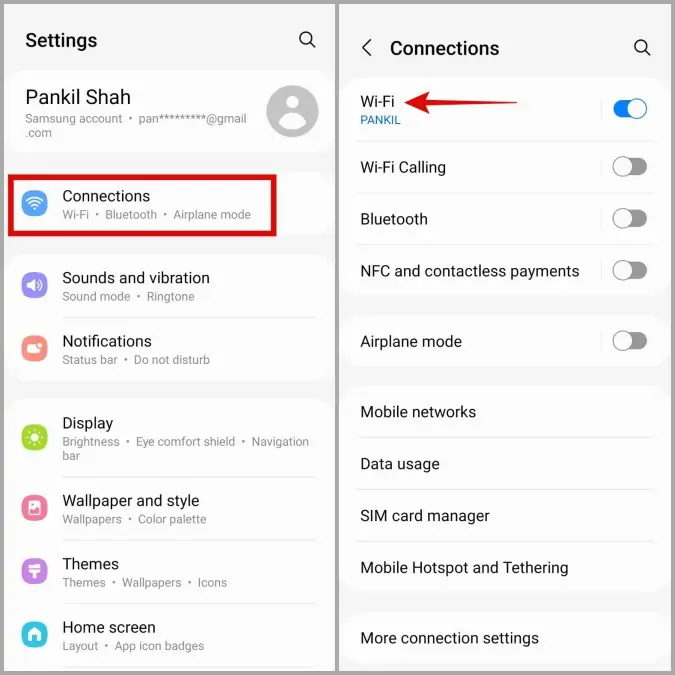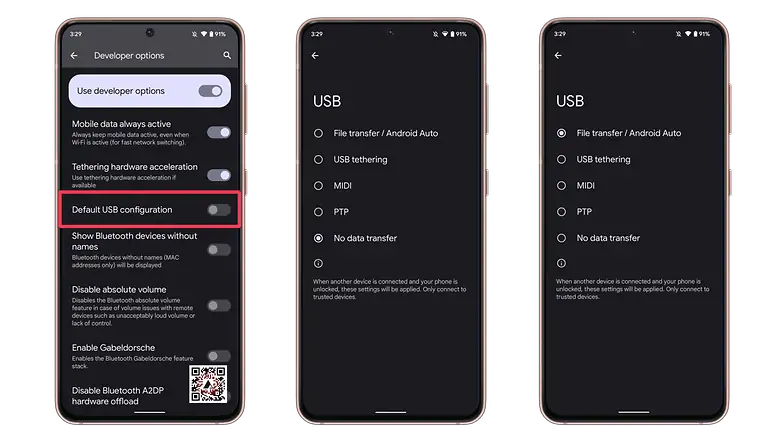Android 6.0, also known as Marshmallow, was released on October 5, 2015, significantly improved the Android operating system. It introduced features like improved app permissions, the Doze power-saving mode, and support for fingerprint recognition, increasing security and convenience. The update received positive reviews for stability, improved battery life, and performance focus, addressing concerns about privacy and power consumption.
Evolution Leading Up to Android 6.0
The evolution of Android has consistently focused on enhancing user experience, improving performance, and introducing new features, with each version building on the last. Android 5.0 Lollipop was notable for introducing the Material Design language, improving battery life with Project Volta, and enhancing notifications. Android 6.0 Marshmallow continued this trend by introducing Doze mode, significantly improving battery life by reducing background activity. It also revamped app permissions, giving users more control over their data and privacy, and added support for fingerprint recognition for enhanced security and convenience. These advancements set the stage for further innovations in the Android ecosystem.
New Features and Improvements
User Interface Enhancements
Android 6.0 Marshmallow brought several updates to the user interface, building upon the Material Design language introduced in Lollipop. These updates included smoother animations, more consistent design elements, and a refined overall aesthetic. The app drawer was also improved, featuring a vertical scroll and a search bar for easier navigation. The home screen received minor tweaks to enhance usability and visual appeal.
App Permissions
One of the most significant changes in Marshmallow was the introduction of granular permission controls. Unlike previous versions, where users had to accept all permissions at the time of app installation, Marshmallow allowed users to grant or deny specific permissions per app. This user-controlled permission management provided greater transparency and control over what information apps could access, significantly enhancing user privacy and security.
Battery Life Improvements
Marshmallow introduced two key features to improve battery life: Doze mode and App Standby. Doze mode activated when the device was not in use, significantly reducing background activity and conserving battery power. App Standby, on the other hand, limited the impact of seldom-used apps by restricting their background processes. These features contributed to a noticeable improvement in overall battery performance, ensuring devices lasted longer between charges.
Security Enhancements
Security was a major focus in Android 6.0 Marshmallow. The introduction of the Fingerprint API enabled developers to integrate fingerprint recognition into their apps, providing an additional layer of security and convenience for users. Verified boot ensured that the device’s software had not been tampered with during the boot process, further enhancing security. Additionally, improved encryption methods were implemented to protect user data, making it more difficult for unauthorized parties to access sensitive information.
Performance Improvements
Enhanced Memory Management
Android 6.0 Marshmallow introduced enhanced memory management capabilities, ensuring that devices ran more efficiently and effectively. By optimizing the way apps used memory, the system reduced the chances of crashes and slowdowns, particularly when multiple apps were running simultaneously. This improvement meant users could enjoy a smoother and more reliable experience, even on devices with less RAM.
Improved System Stability
System stability was another key focus in Marshmallow. Various under-the-hood changes were made to reduce instances of system errors and app crashes. These enhancements contributed to a more robust and dependable operating system, allowing users to rely on their devices for daily tasks without the frustration of unexpected disruptions.
Faster App Performance and Responsiveness
Marshmallow also improved app performance and responsiveness. Through various optimizations, apps launched faster and ran more smoothly, providing a more responsive user experience. This was particularly noticeable in resource-intensive applications like games and multimedia apps, where users could enjoy quicker load times and less lag.
Google Now on Tap
Introduction to Google Now on Tap
Google Now on Tap was one of the standout features introduced in Android 6.0 Marshmallow. This innovative feature allowed users to access relevant information and perform actions based on the context of their current screen with a simple long press of the home button. It aimed to provide a seamless and intelligent way to get quick information without leaving the app or task.
Features and Usability
Google Now on Tap offers a range of useful features designed to enhance usability. It can recognize text and images on the screen and provide relevant search results, shortcuts, and suggestions. For instance, if a user reads an email about a restaurant, Now on Tap can offer details like reviews, directions, and even the option to book a table. The feature is highly intuitive and makes it easier for users to quickly get the information they need, reducing the need to search for details manually.
Integration with Apps and Services
Integration with apps and services was a key aspect of Google Now on Tap. It worked across various apps, allowing users to get contextual information from almost any screen. This deep integration meant that Now on Tap could provide relevant suggestions and actions no matter what app the user was using, making it a versatile tool for enhancing productivity and convenience. Whether looking up a movie, finding a song, or getting directions, Google Now on Tap seamlessly connected users to the information and services they needed.
System Usability Enhancements
Simplified Volume Controls
Android 6.0 Marshmallow introduced simplified volume controls, making it easier for users to manage sound settings. This update allowed more intuitive control over different volume streams, such as media, alarms, and notifications. Users could quickly adjust these settings from a single, streamlined interface, enhancing overall usability and convenience.
Improved Text Selection and Editing
Text selection and editing saw significant improvements in Marshmallow. The updated text selection toolbar provided more precise controls, making it easier to select, copy, and paste text. New text editing features, such as floating tools and quick access to common actions like cut, copy, and paste, streamlined the editing process, saving users time and effort when working with text.
Marshmallow introduced Direct Share, a feature designed to simplify and speed up content sharing. Direct Share allows users to share content directly with specific contacts or apps frequently used for sharing without navigating through multiple menus. This feature made sharing more efficient, particularly for users who regularly share content with the same contacts or apps.
Native Support and Integrations
Native Support for USB Type-C
Android 6.0 Marshmallow introduced native support for USB Type-C, the emerging standard for charging and data transfer. USB Type-C offered several advantages, including faster data transfer speeds, quicker charging times, and a reversible connector, making it easier to plug in devices. This integration ensured that users could take full advantage of the latest hardware capabilities, enhancing the overall functionality and convenience of their devices.
Improved Bluetooth and Wi-Fi Connectivity
Marshmallow brought significant improvements to Bluetooth and Wi-Fi connectivity. Enhanced Bluetooth support ensured better device pairing, more reliable connections, and improved performance for wireless peripherals such as headphones, speakers, and smartwatches. Wi-Fi connectivity was also optimized, providing more stable and faster connections, particularly in environments with multiple networks and devices. These improvements ensured users could stay connected reliably and enjoy a smoother wireless experience.
Enhanced Audio and Video Playback Capabilities
Android 6.0 Marshmallow further enhanced audio and video playback capabilities. The update included support for new audio codecs and high-resolution audio, providing a richer and more immersive listening experience. Video playback was also improved, with better support for various formats and smoother playback performance. These enhancements ensured that users could enjoy high-quality media content on their devices, whether listening to music, watching videos, or playing games.
Developer Features
New APIs and Tools for Developers
Android 6.0 Marshmallow introduced a variety of new APIs and tools designed to empower developers and enhance their ability to create robust, innovative apps. These new APIs provided developers with more options for integrating advanced features into their applications, such as improved user authentication, better resource management, and enhanced performance optimization. The new tools included improvements in the Android SDK, offering developers more flexibility and control over their app development process.
Enhanced App Linking
Marshmallow brought enhanced app linking capabilities, making it easier for developers to create seamless user experiences. With app linking, developers could ensure that specific links opened directly within their apps rather than in a web browser or another app. This feature allowed for a more cohesive and integrated experience, enabling users to navigate smoothly between web content and native app content without interruption.
Improved Android Studio Support
Support for Android Studio, the official integrated development environment (IDE) for Android development, was significantly improved in Marshmallow. The update included enhanced debugging and testing tools, better performance analysis, and more streamlined workflows. These improvements made it easier for developers to build, test, and optimize their apps, ultimately leading to higher-quality applications and a better user experience.
Conclusion
Android 6.0 Marshmallow significantly improved user experience, performance, and security. Key features like Doze mode, granular app permissions, and Google Now on Tap positively impacted users, while developers benefited from new APIs and improved tools. These advancements made devices more efficient and secure and paved the way for future innovations. As Android continues to evolve, its commitment to user-centric enhancements and robust developer support ensures a promising future for the operating system.









